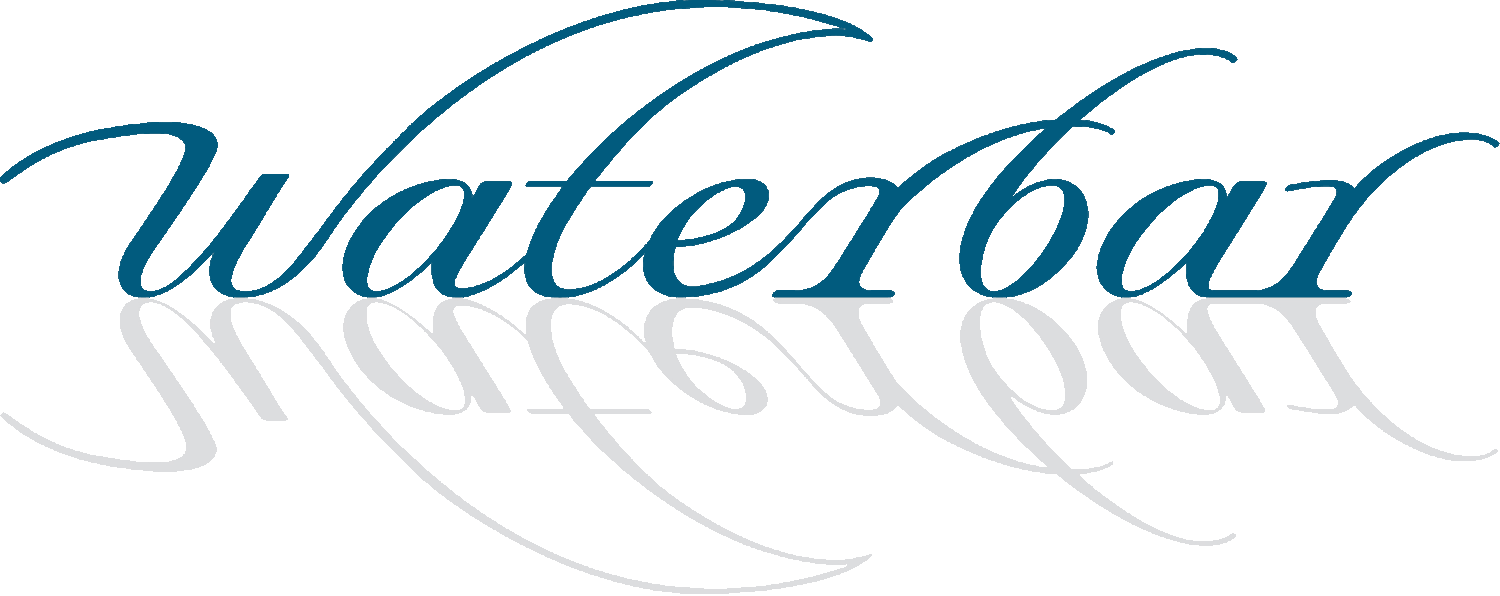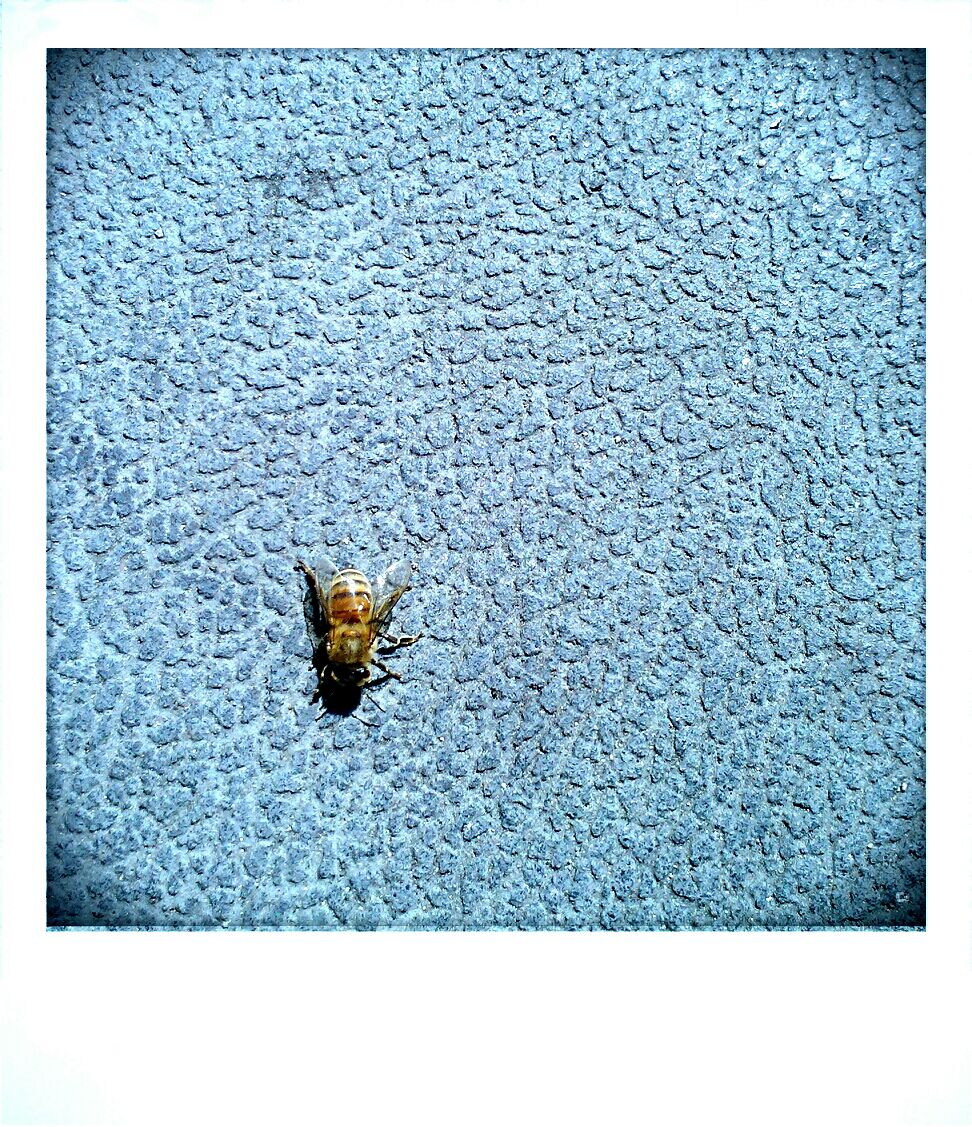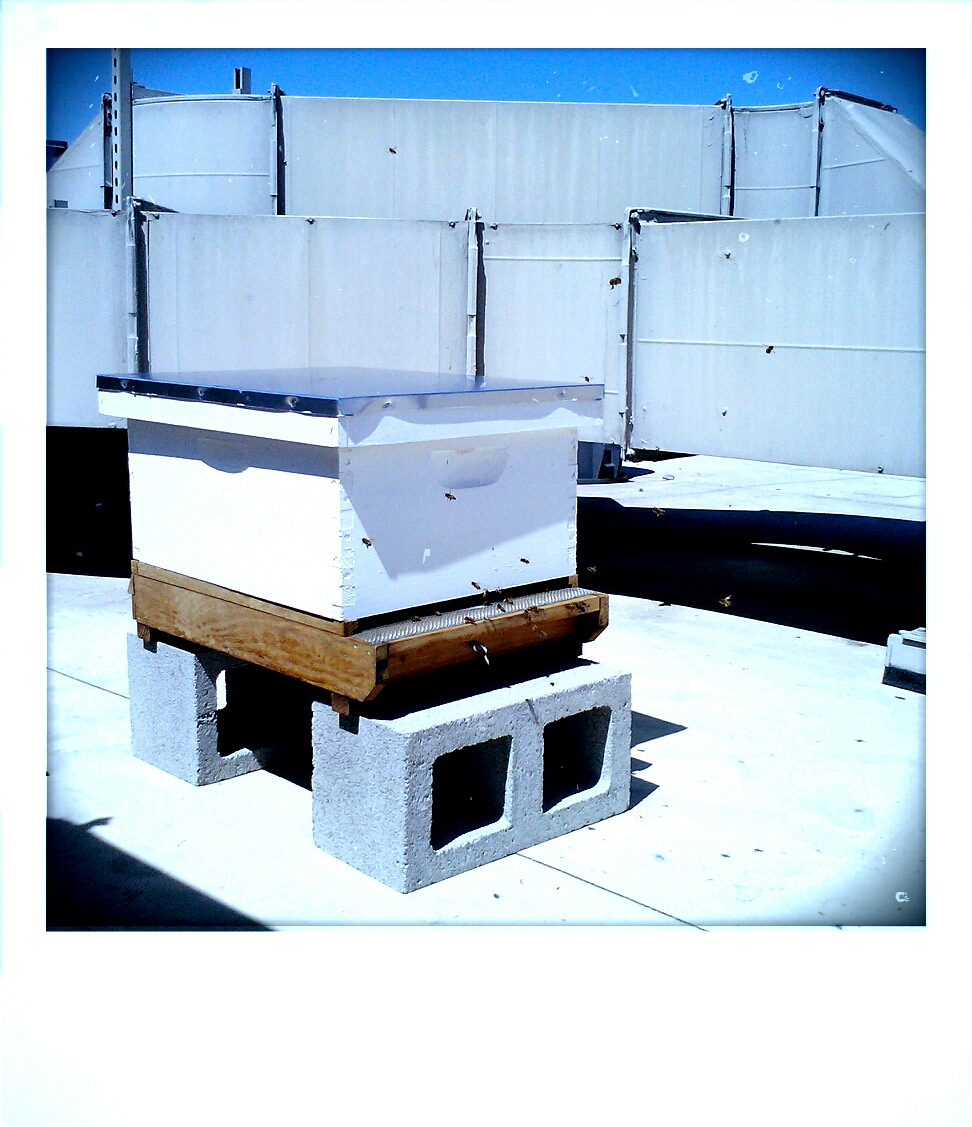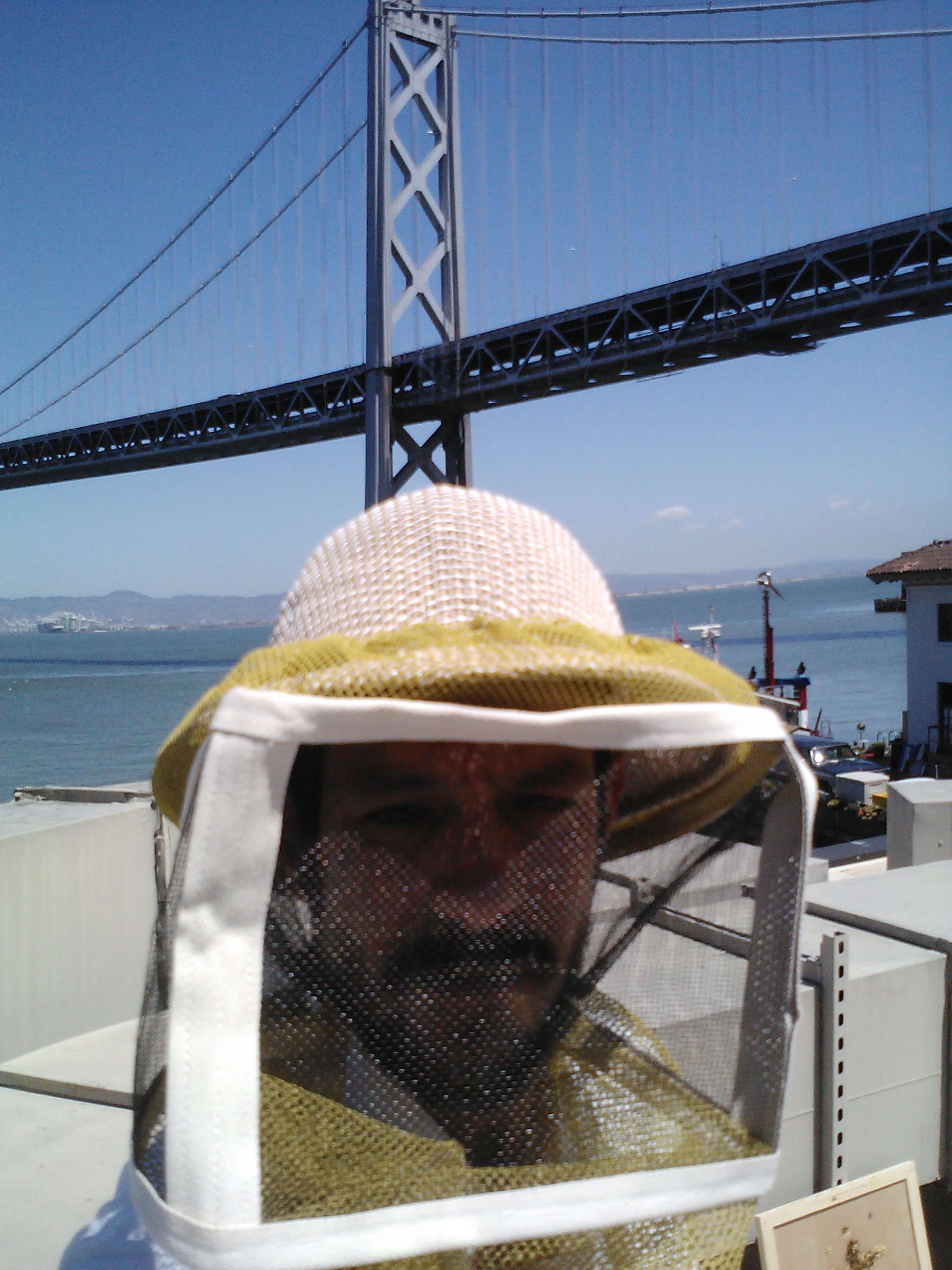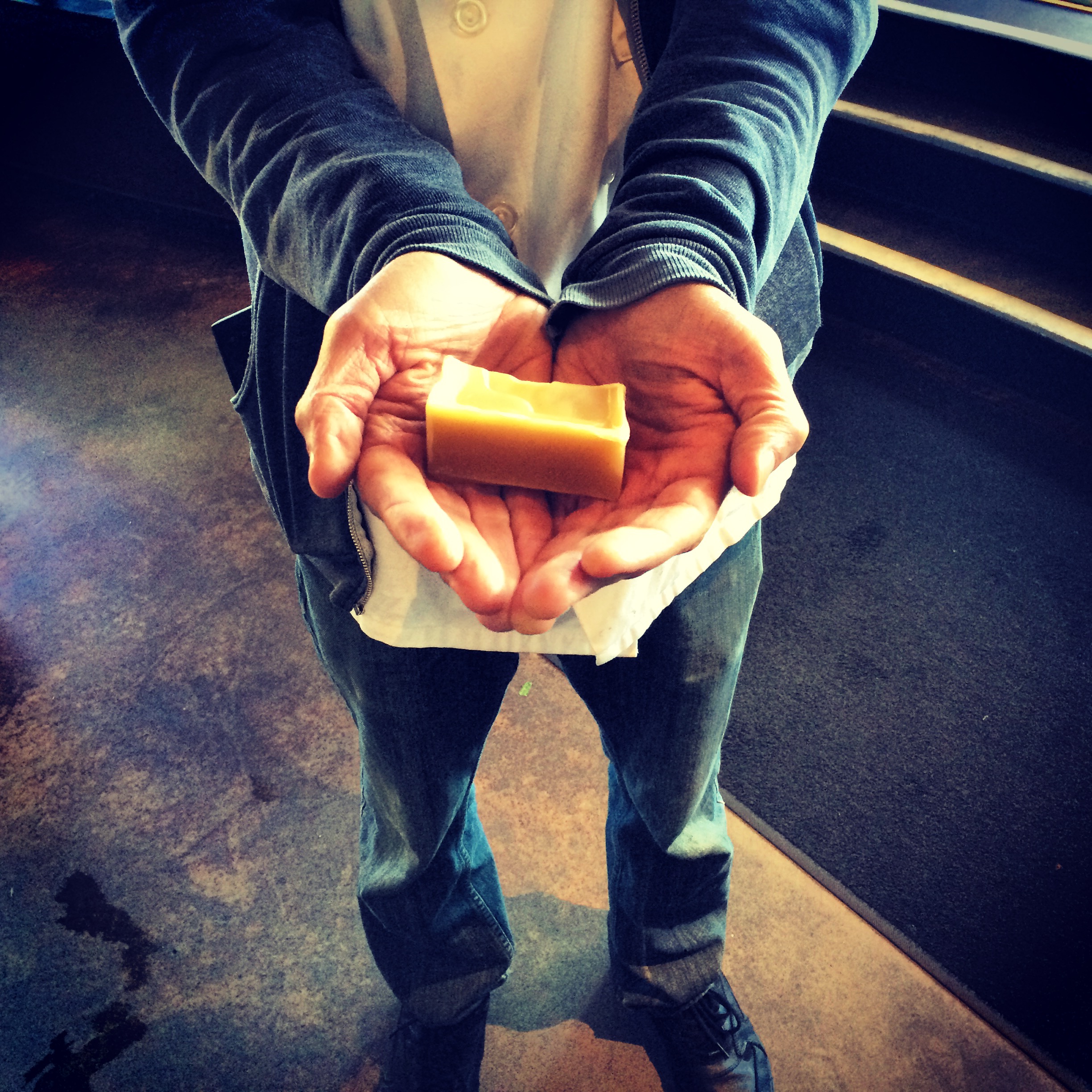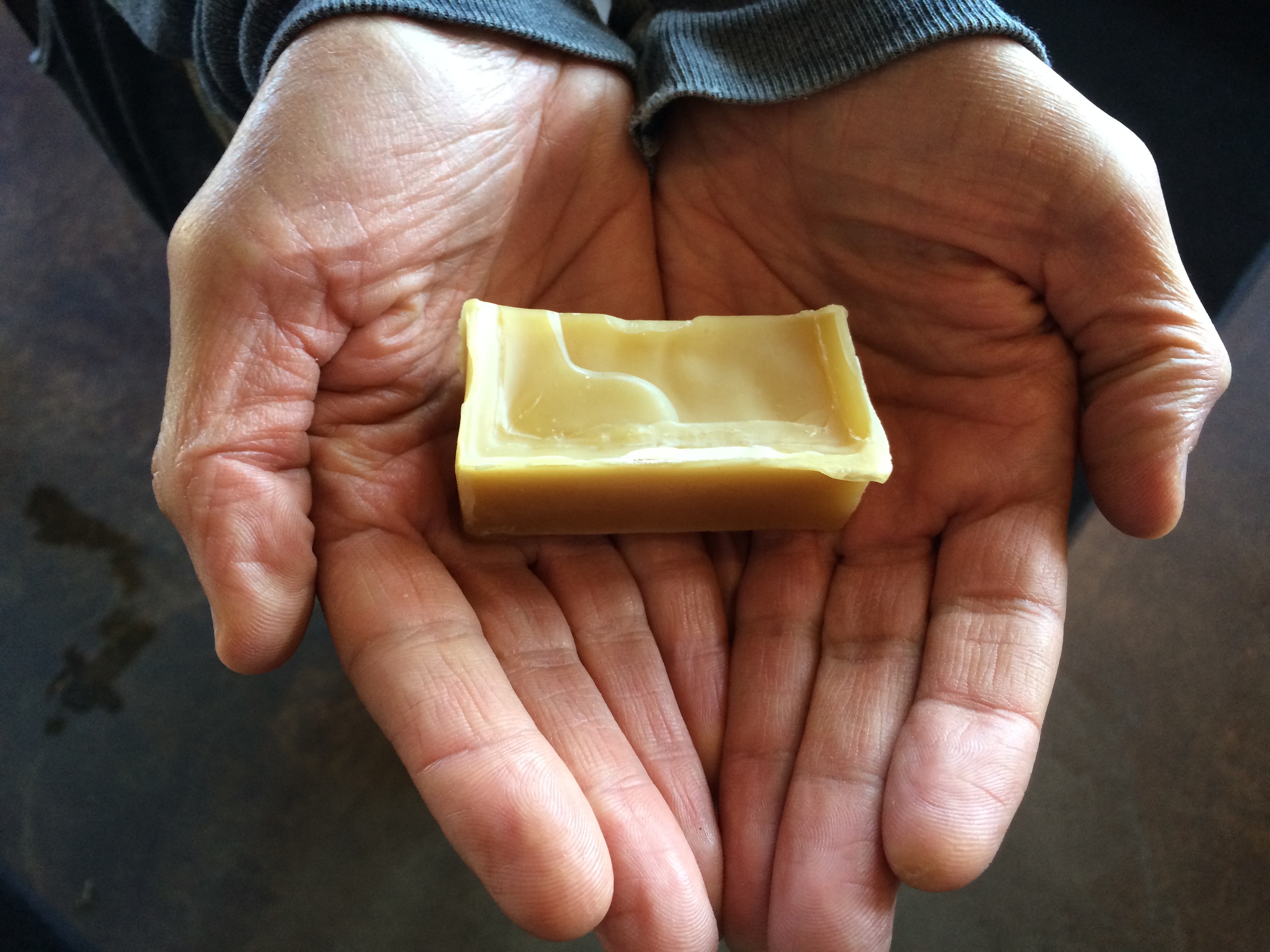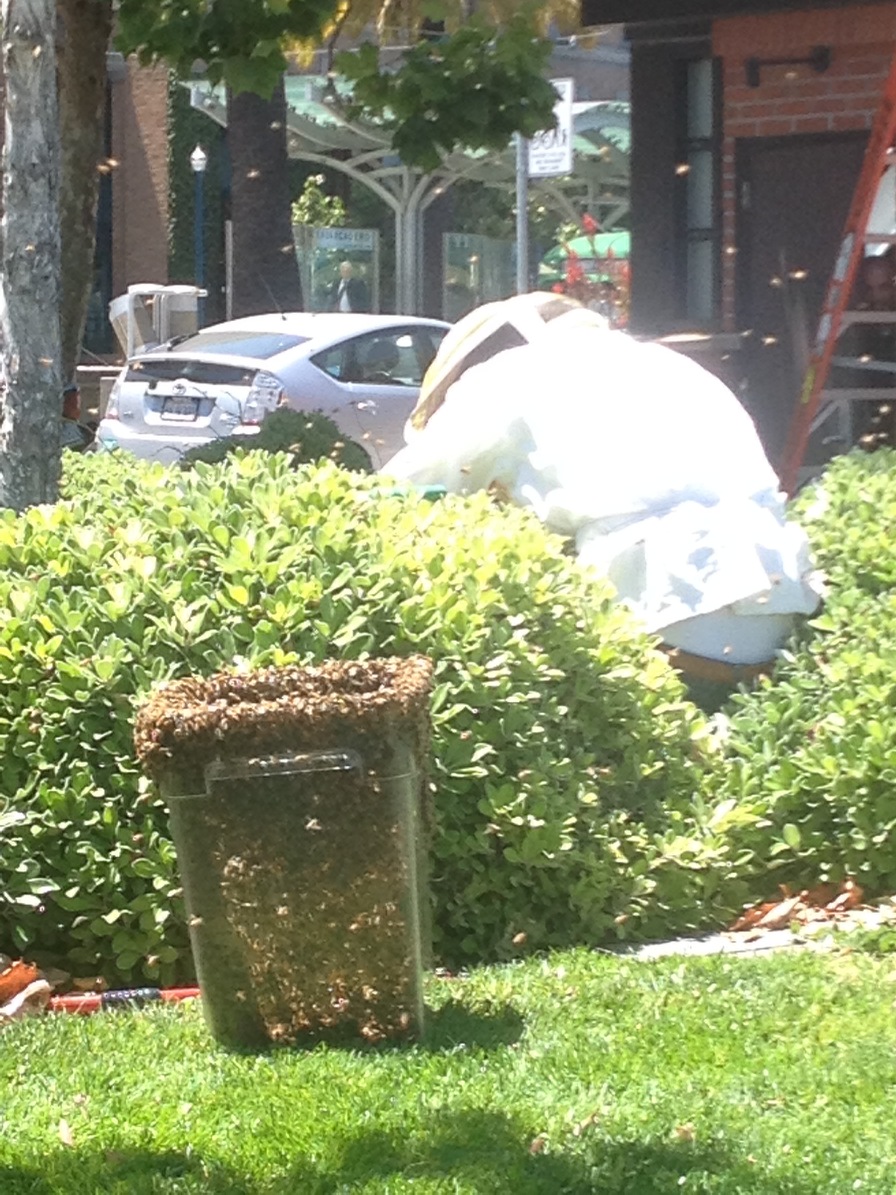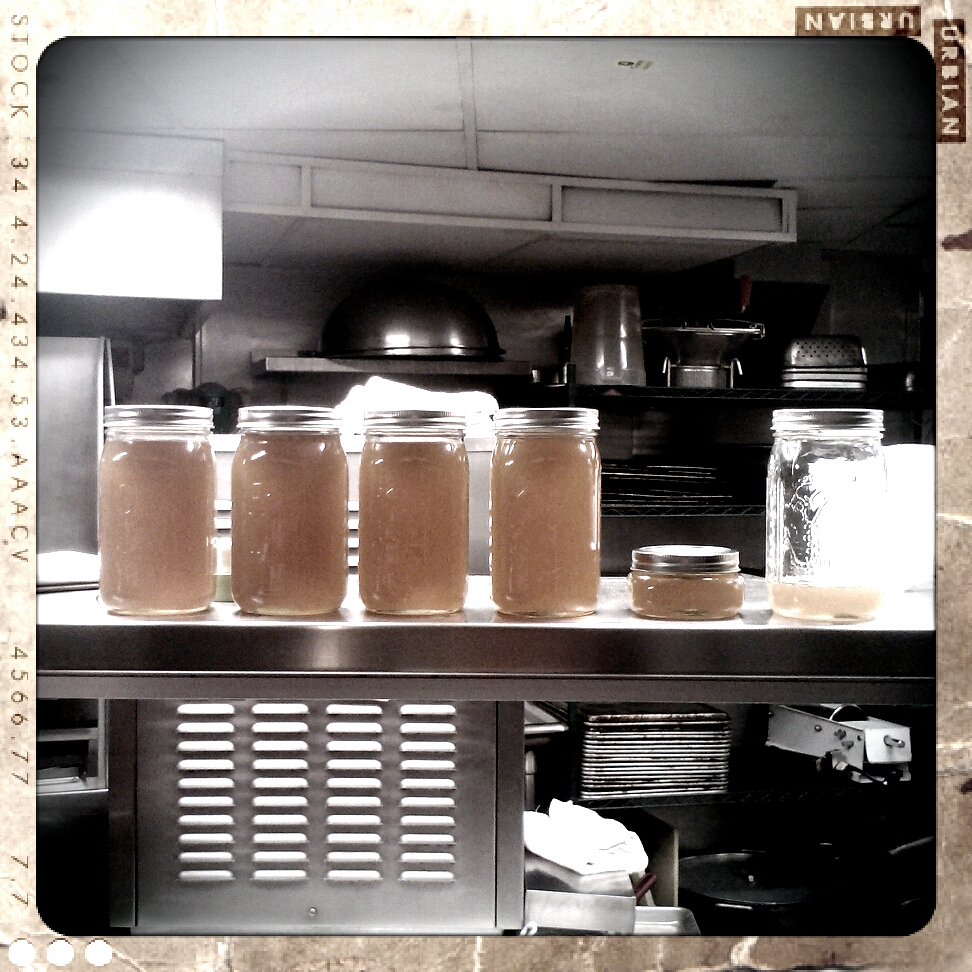We recently celebrated a year of having our rooftop beehive. With our first honey harvest officially behind us, Eric Hyman, our Purchasing Manager has cultivated an entire garden, and is teaching our pastry extern Cheyenne the ins and outs of keeping bees and the benefits of local, sustainable ingredients. Cheyenne says it best herself....
“ As the current pastry extern at Waterbar, I am trying to learn as much as I can in the little time I have. Part of the reason I chose Waterbar was because of its commitment to farm to table and sustainability. What I didn’t realize was how close some of the food we use would be.
There are two hives on the roof of the restaurant that are tended by Eric Hyman, our Purchasing Manager. One day before work, Eric took me to the roof and showed me the hives while we were discussing bee keeping. He began by explaining that he actually started with one hive, but it multiplied to two after part of the hive swarmed into a nearby tree. Luckily, Eric was able to wrangle them to the new hive, saving more than 20,000 bees. Swarms are usually that size. He then showed me how bees aren’t hostile at all, standing between the two hives, having the worker bees buzzing around us both. He also pointed out that even though the bees started from the same hive, the colors differ because of the new queen introduced after the split.
Eric was up there that day replacing the frame to give the queen more space to lay eggs. Being that they are in the middle of their annual cycle that corresponds with the blooming of local plants, the bees are in overdrive laying the most eggs and making the most honey; however, this time increases the chances of swarms because of the lack of space in the hive.
This was the perfect time to discuss how to actually get the honey. Eric explained the two ways of cultivating the honey- the first step in both ways is to remove the wax sealing the honey. The second step is the difference, one using a centrifuge while the other, and the preferred method of Eric, is to let the honey drain through a cheesecloth to remove the excess wax. Once it is removed, the honey needs to rest for two to three days to let the air bubbles and foreign objects float to the top for easy removal. Eric mentioned that the key is knowing when the honey is ready- the entire frame will be filled with honeycomb and sealed with wax.
I learned a lot about bee kepping and because of this experience I feel very lucky. I have more questions for Eric, and I hope I can help him collect the honey soon! ”
